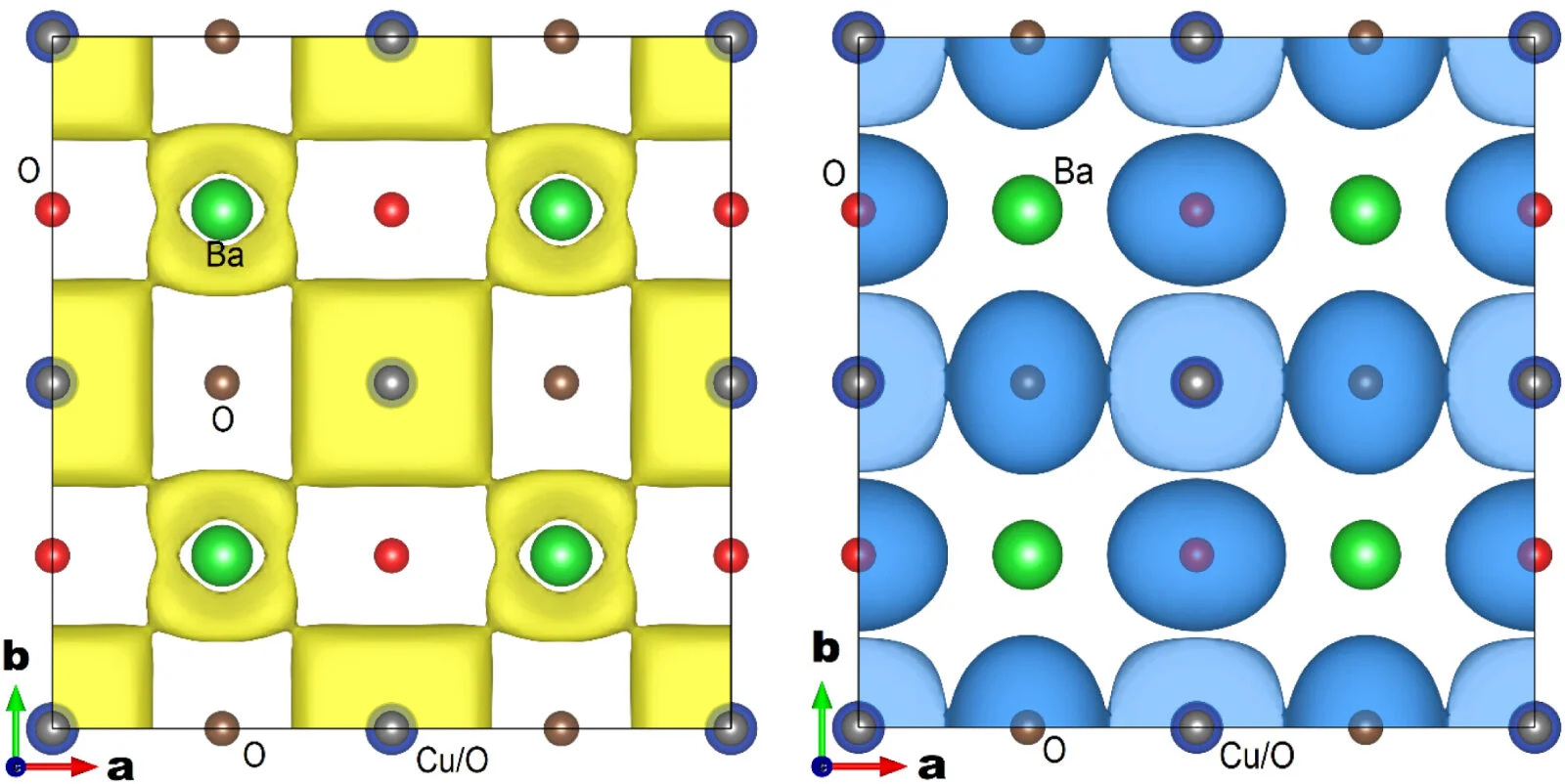Copyright thebrighterside

Electricity is the lifeblood of modern life, but even the most efficient power lines lose energy along the way. For decades, scientists have searched for materials that could carry electric current without any loss—a phenomenon known as superconductivity. Now, a research team at Penn State University believes they’ve found a way to visualize and predict this remarkable behavior in a completely new way. The study, led by materials scientist Zi-Kui Liu and published in Superconductor Science and Technology, introduces a concept that connects two long-standing camps of superconductivity research: “conventional” superconductors, explained by the classic Bardeen-Cooper-Schrieffer (BCS) theory, and “unconventional” high-temperature materials, which have resisted explanation for decades. Liu’s team proposes that when atoms in a material shift slightly from their normal positions, the surrounding cloud of electrons can reorganize into straight, one-dimensional tunnels—like perfectly smooth highways for charge. The researchers call these formations “straight one-dimensional tunnels,” or SODTs. When these tunnels appear, electricity can travel through them without hitting resistance, much like cars speeding along a frictionless Autobahn. Traditionally, superconductivity has been explained through the idea of electron pairs, known as Cooper pairs, moving together through a lattice of atoms without scattering. In Liu’s model, the focus shifts away from trying to simulate those pairs directly. Instead, the team uses a common computational method called density functional theory (DFT) to visualize how the electron density itself changes when a material becomes superconducting. They found that if you nudge atoms in realistic ways—mimicking natural vibrations known as phonons—the resulting differences in electron density reveal the formation of SODTs. In simpler terms, the team could “see” superconductivity take shape in the density maps of their calculations. “The goal has always been to raise the temperature at which superconductivity persists,” Liu said. “But first, we need to understand exactly how it happens, and that’s where our work comes in.” The researchers tested their idea across a wide range of materials—from simple metals like aluminum and lead to more complex compounds such as magnesium diboride and the high-temperature cuprate YBa₂Cu₃O₇, or YBCO7. In the simple metals, the SODTs appeared deep inside the material’s bulk, where they were easily disrupted by vibrations, explaining why these materials only superconduct at extremely low temperatures. But in YBCO7, the team discovered something remarkable. The tunnels ran through loosely connected atomic layers that acted like floating pontoons, decoupled from the rest of the crystal. These flexible “pontoon” layers protected the tunnels from vibrations, allowing superconductivity to survive at much higher temperatures. In their calculations, the oxygen-poor version of the compound, YBCO6, showed no such tunnels and behaved as an insulator—matching real-world experiments. But when oxygen was added to form YBCO7, continuous SODTs emerged along the copper-oxide planes, consistent with its superconducting behavior. The team’s approach connects the BCS theory, which works well for low-temperature superconductors, with a more general visual and computational framework that also explains high-temperature cases. Instead of requiring complex quantum simulations of electron pairing, scientists can now look directly at electron-density maps from DFT calculations to identify whether a material could become superconducting. That makes the method both powerful and practical. As Liu explained, it offers “a superhighway just for electrons.” If the map shows continuous, straight tunnels, the material is a strong superconducting candidate. If the pattern looks broken or zigzagged, it’s likely not. Even more intriguing, their results suggest that elements like copper, silver, and gold—long thought incapable of superconductivity under normal conditions—could exhibit it at ultra-low temperatures, just far below what’s practical to observe. This work represents more than a theoretical curiosity. It’s a computational shortcut for one of physics’ most challenging puzzles. Using this DFT-based method, researchers can scan large databases of known materials to find those that host SODTs, dramatically speeding up the hunt for new superconductors. The team plans to combine this approach with another framework Liu helped pioneer, known as zentropy theory. This model connects the quantum world of electrons with the statistical behavior of large particle systems to predict how materials change as temperatures rise. By combining the two, the researchers hope to estimate the precise temperature where a material switches from superconducting to normal. They also intend to expand their search across a massive database of about five million materials, looking for candidates that can sustain superconductivity at much higher—and possibly even room—temperatures. “We’re not just explaining what’s already known,” Liu said. “We’re building a framework to discover something entirely new. If successful, it could lead to high-temperature superconductors that work in everyday settings.” The implications of this research could be profound. Identifying superconductors that work at higher temperatures would revolutionize how energy is produced, stored, and transmitted. Power lines could deliver electricity without loss, cutting waste and costs. Electric trains and magnetic levitation systems could run more efficiently, while compact, lossless circuits could power faster and greener electronics. Perhaps most importantly, this method makes the search for such materials faster and more accessible. Scientists no longer need to rely solely on guesswork or complex, expensive experiments—they can visualize the “electron highways” in silico and focus on the most promising candidates. If Liu’s vision holds true, superconductivity could move from the lab into the real world, transforming energy systems and the devices that rely on them. Research findings are available online in the journal Superconductor Science and Technology. Like these kind of feel good stories? Get The Brighter Side of News' newsletter.



